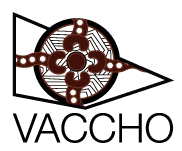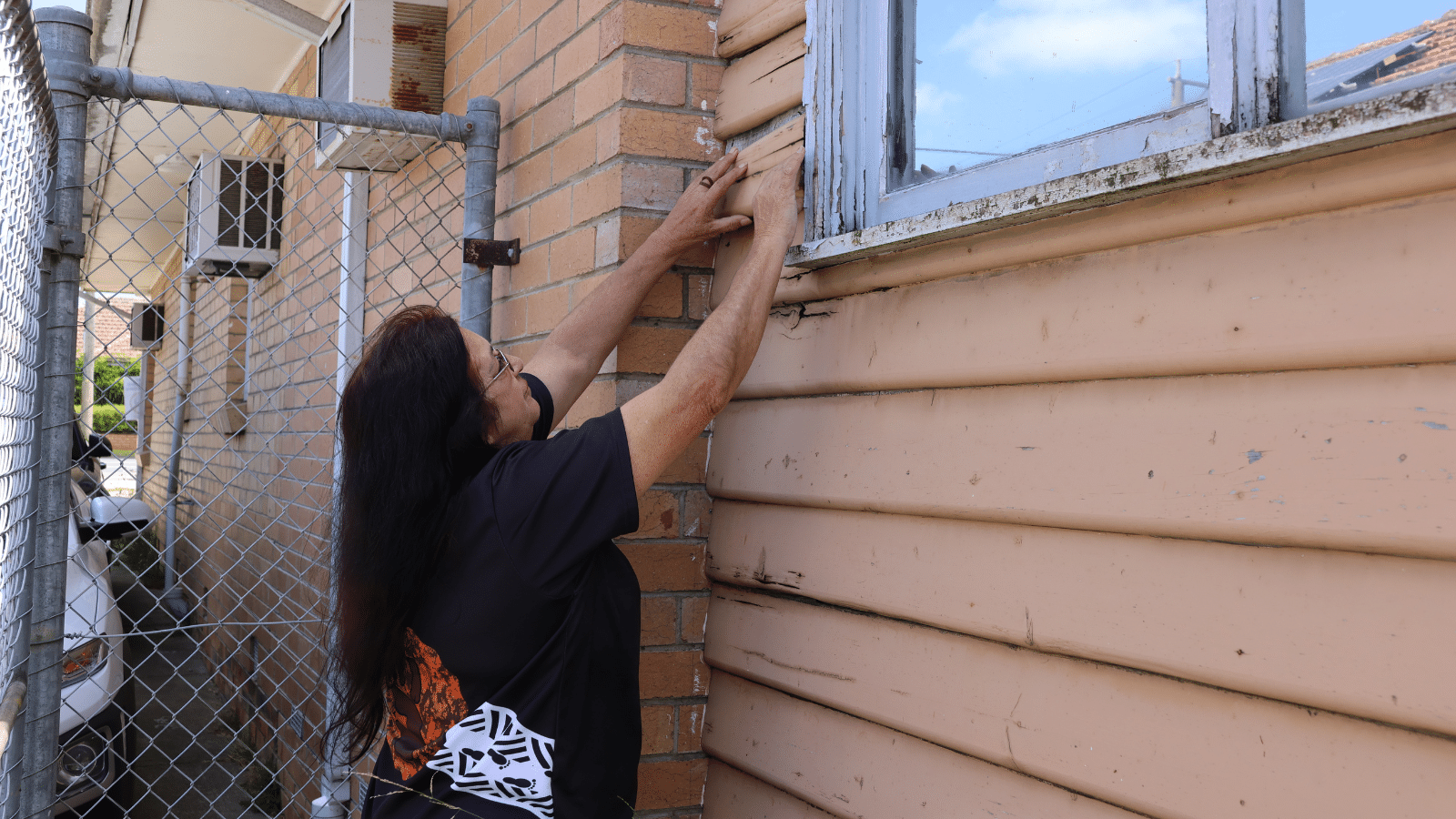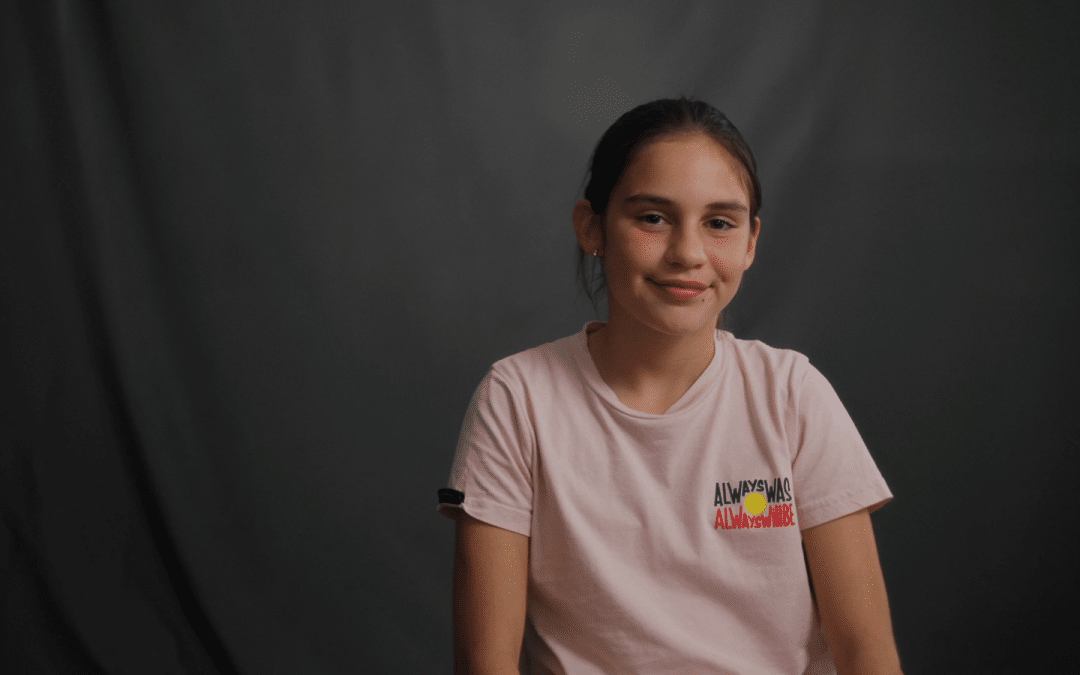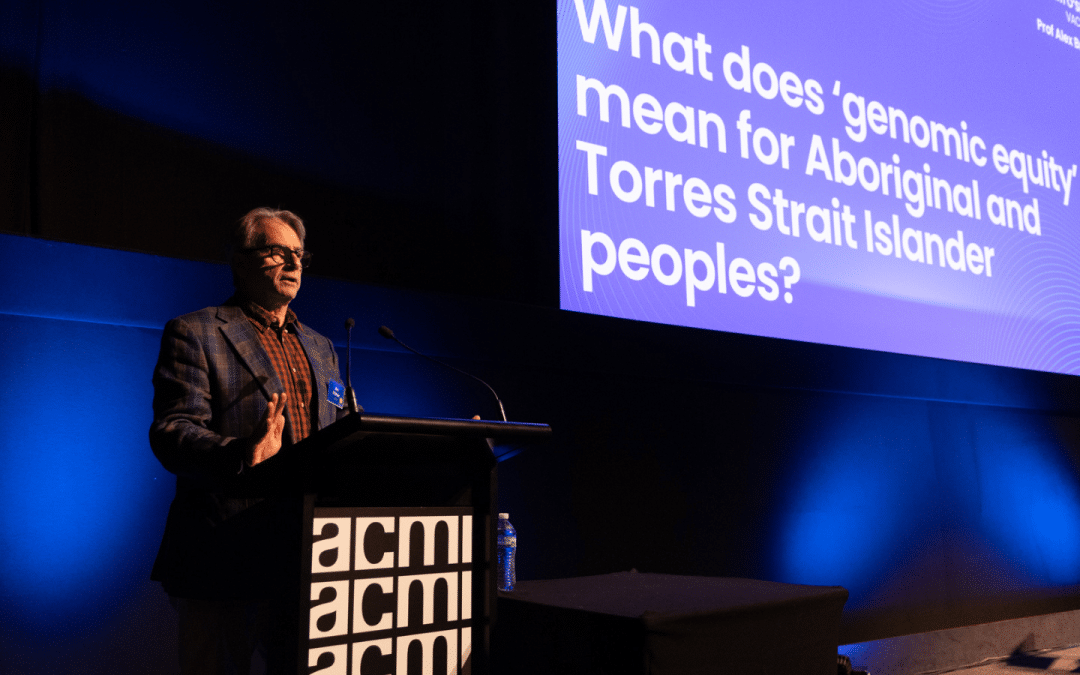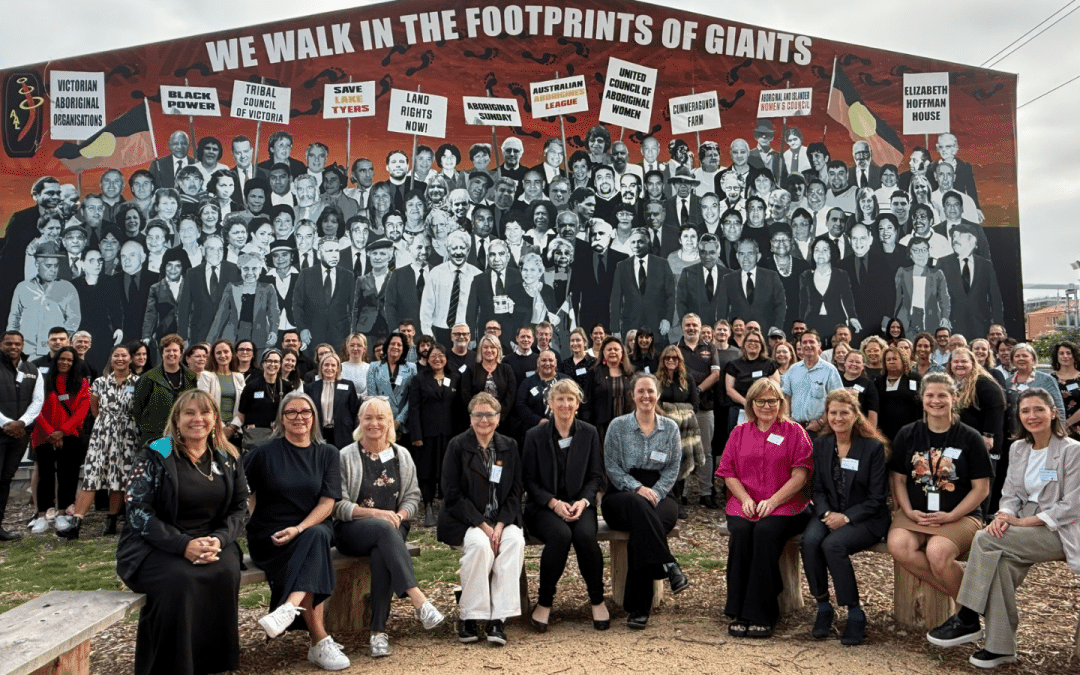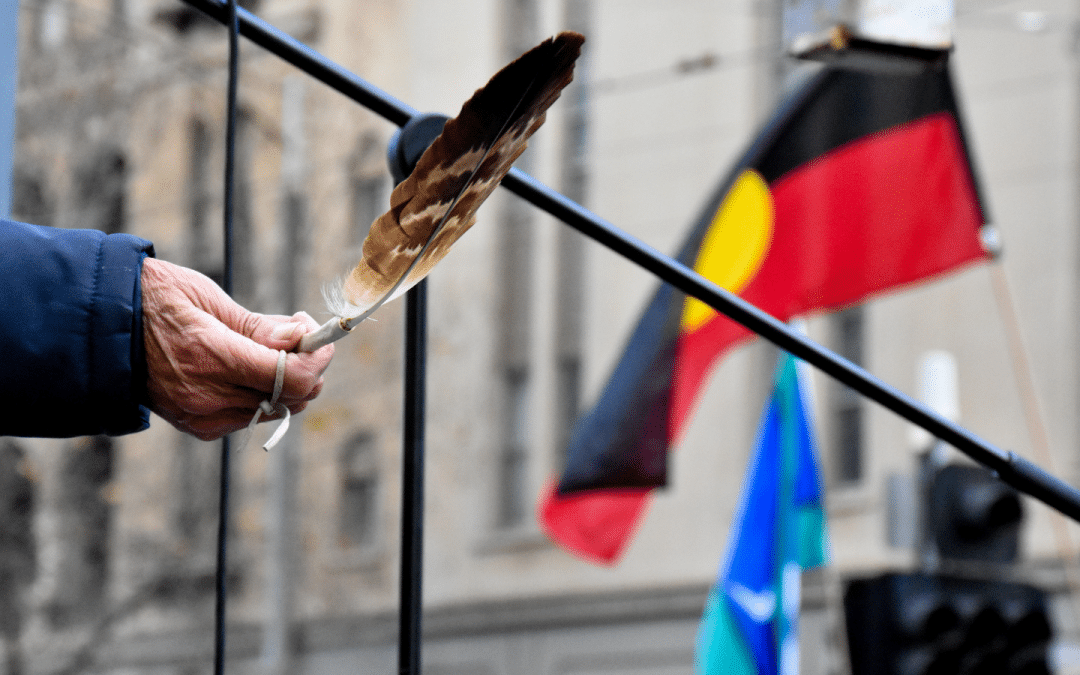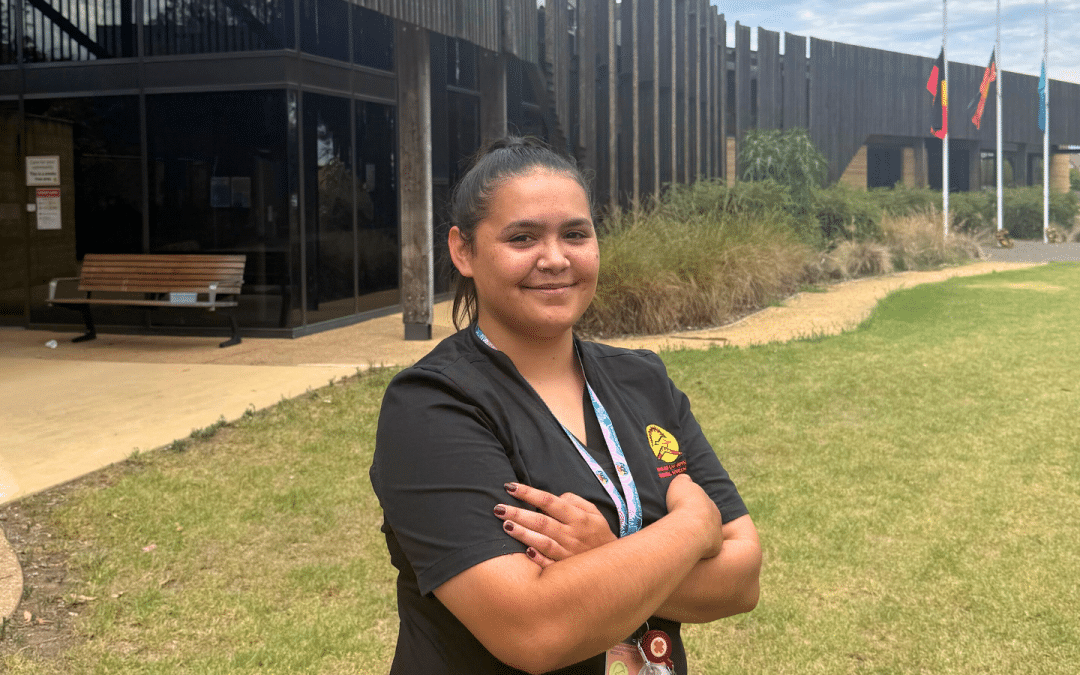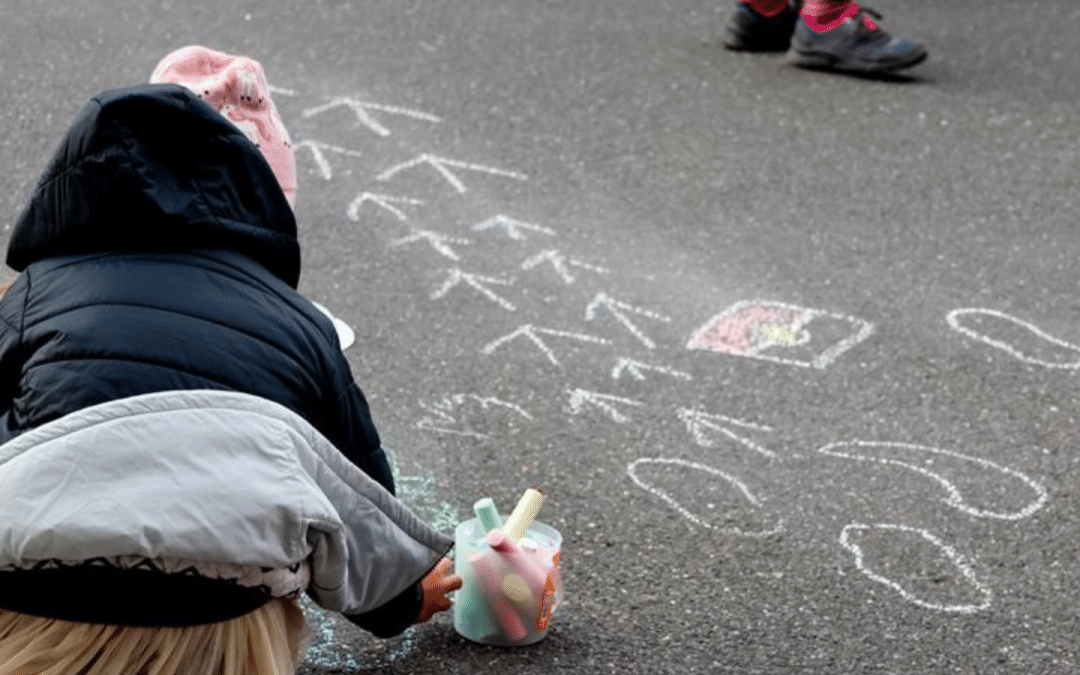Urgent investment in Aboriginal Community-Controlled health infrastructure is needed to deliver safe and effective care and help close the widening gap in outcomes for Aboriginal Victorians, a new report finds.
A joint report developed by Infrastructure Victoria and the Victorian Aboriginal Community Controlled Health Organisation (VACCHO) finds that up to $150 million is needed to deliver major new and upgraded facilities to replace high-risk, unsafe buildings with failing foundations, walls or roofs.
Another $30 million of funding is needed each year over the next 5 years for Aboriginal Community-Controlled organisations to urgently repair existing infrastructure.
More than 30 Aboriginal Community-Controlled Organisations (ACCOs) provide health and wellbeing services to the Aboriginal community across the state. Evidence shows that services delivered by ACCOs have a 50% greater impact than if those same interventions were delivered through mainstream health services.
An assessment by VACCHO and Victorian Department of Health found that 82% of Victorian health and wellbeing ACCO buildings need replacing or substantial repairs within the next 15 years. The audit of 200 ACCO buildings across 31 VACCHO-member organisations found that 52% of ACCO infrastructure is already at the end of its useful life and 42% of the total floor space is in a critical condition.
Despite the state of infrastructure, the Victorian ACCO model delivers quality outcomes and early interventions that improve health and wellbeing and reduce pressure on other healthcare services. But the research finds ACCOs could do much more if their infrastructure worked.
“By placing Aboriginal health in Aboriginal hands, informed by Aboriginal philosophies and cultures of care, ACCOs deliver the best outcomes for Aboriginal Victorians,” said Infrastructure Victoria Chief Executive Dr Jonathan Spear.
“Demand is increasing and funding is urgently needed to ensure Aboriginal Victorians can access infrastructure that supports the quality health and wellbeing services ACCOs provide,” he said.
VACCHO Chief Executive Dr Jill Gallagher AO said better infrastructure investment would allow ACCOs to focus on service delivery, rather than juggling an ever-growing list of stop-gap repairs.
“ACCOs provide a unique ‘one-stop shop’ that offers multiples services, such as chronic disease management and health education, wrapped with cultural care,” Dr Gallagher said. Aboriginal and Torres Strait Islander people are nearly 20% more likely to adhere to treatment plans provided by ACCOs compared with mainstream health services.
“Our model of care delivers better results for our communities because its run by and for our communities,” Dr Gallagher said. “But most of our funding supports service delivery, not infrastructure. This creates an overwhelming administration and maintenance burden for our ACCOs.”
The research report recommends the Victorian Government act now to fund urgent repairs and minor works to make the buildings safe, operational and efficient. Most of these infrastructure problems are the result of long-term underfunding and many ACCO health and wellbeing buildings are inefficient and expensive to operate.
“Many Victorian health and well-being ACCOs are operating in ‘hand-me down’ buildings that were not designed for their current use. In some cases, this poses clear risks to ACCO staff and clients. There are also clinicians who have to work in a storeroom and staff who need to wear coats and hats inside because their buildings are unsuitable,” Dr Spear said.
Energy upgrades are needed to improve the efficiency of ACCO buildings and reduce running costs. Recent building energy audits found ACCOs could collectively save $3 million a year through energy upgrades.
“Rooftop solar panels, upgraded lighting, and shading or tinting external windows can deliver more than $3 million of savings for ACCOs across Victoria”, Dr Gallagher said. “The money saved can be used for services to support our communities.”
Investing in Aboriginal health and wellbeing infrastructure: securing safe and sustainable community-controlled care makes 3 recommendations to the Victorian Government:
• Provide additional annual funding to further develop the skills and capacity of health and wellbeing ACCOs to plan, develop and deliver new and upgraded infrastructure in a self-determined way.
• Establish an interim fund for minor works and repairs until a self-determined perpetual infrastructure fund is introduced.
• Fund and start health and wellbeing infrastructure projects for ACCOs.
Fast facts
• Aboriginal and Torres Strait Islander people experience 2.3 times the burden of disease than other Australians.
• Health programs run by ACCOs have a 50% greater positive impact on the health of Aboriginal and Torres Strait Islander people compared to when the same programs are provided by mainstream health services.
• Aboriginal and Torres Strait Islander people are more likely to adhere to treatment plans when they are facilitated by ACCOs (96%), compared to mainstream health services (78%).
• Victorian health and wellbeing ACCOs collectively deliver more than 130 different programs and services to Aboriginal and Torres Strait Islander peoples living in Victoria.
• Health and wellbeing ACCOs attract and retain 23% more Aboriginal and Torres Strait Islander clients than mainstream providers.
Editors please note: click here for a Dropbox folder with the embargoed report. Please contact us if you need help.
For media enquiries about ACCOs:
Simone Cutajar: simonecu@vaccho.org.au 0402 448 438
For all other media enquiries:
Lydia Hanna: Lydia.Hanna@infrastructurevictoria.com.au 0419 546 245
